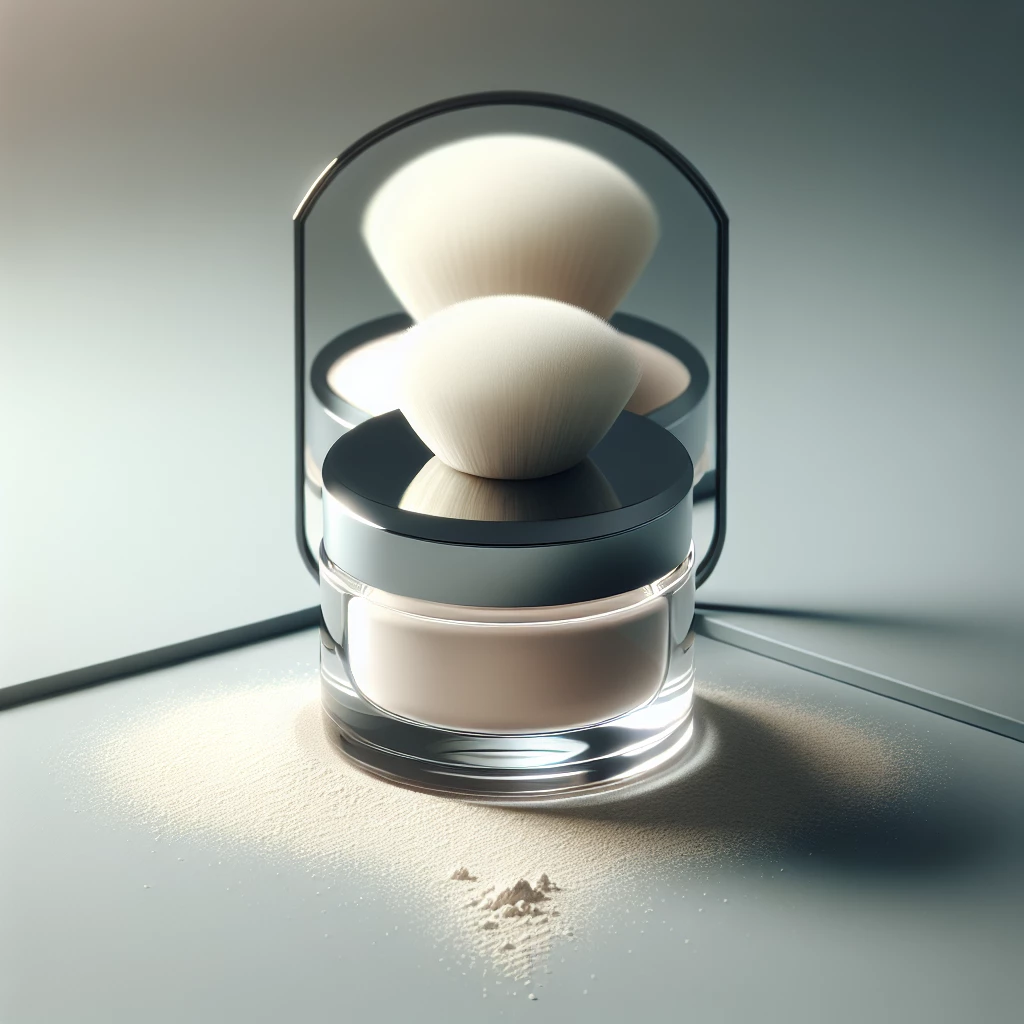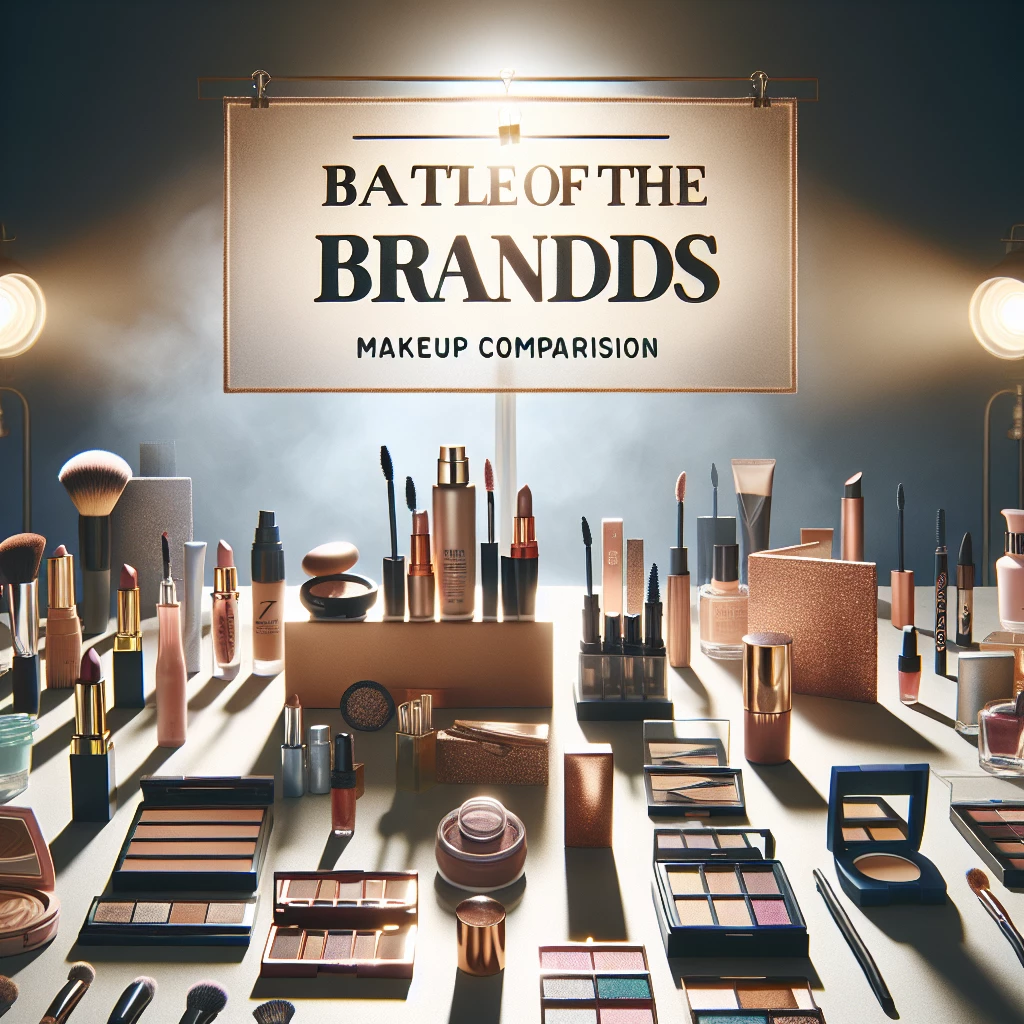Welcome to another article at Makeup Queens, where we delve deep into the world of beauty products and share knowledge to our readers. Today, we will discuss two fundamental makeup products that are staples in every cosmetic enthusiast's makeup kit: loose and pressed powders. They might look similar, but they serve different purposes. Understanding the difference is essential in mastering your makeup routine. Through this makeup tutorial, we'll aim to enlighten you about the distinct nuances and uses of these two types of powder.
Understanding the Basics: What is Loose Powder?
Loose powder is a type of face powder that is usually used to set makeup. It is finely milled, which allows it to sit softly and seamlessly on the skin. Loose powders are preferred over pressed powders when a natural, minimal finish is desired because they typically come in translucent form and do not add extra color to the foundation.
Loose powder can also be used to prevent oil build-up on the skin, which can give your face a greasy look. Apply it lightly over your foundation for a smooth finish. These powders absorb excess oil, keeping your skin matte and fresh. But remember, a light dusting is enough since over-application can make your skin appear dry and cakey.
A popular technique with loose powders is baking. It's a method where a generous amount of powder is applied to areas of the face that tend to get oily, allowing the powder to 'bake' into the skin and foundation, thereby creating a long-lasting, creaseless finish.
Getting to Know: What is Pressed Powder?
Pressed powder is compact, making it an ideal carry-around beauty product. It applies heavier than loose powder, which can be great for touch-ups throughout the day or for people who prefer a heavier coverage. Pressed powders are available in various shades to match your skin tone, allowing you to enhance or create depth in your complexion.
A pressed powder is typically used to set or touch up makeup. The consistency of pressed powder can help you achieve a visibly more polished, refined look. They aid in removing shine and can be applied throughout the day, thanks to their portability.
Unlike loose powders, pressed powders require a tool such as a brush or sponge for application. Therefore, when using pressed powder, it’s important to clean your application tool regularly to avoid bacteria build-up.
Comparing the Two: Loose Powder vs Pressed Powder
If you're after a natural, lightweight finish, you might prefer loose powder. It's ideal for use after foundation application and works well with most skin types, including those with oily skin. They are usually available in one translucent type, so you don't need to worry about matching your skin tone.
On the other hand, if you require more coverage or want something for on-the-go touch-ups, pressed powder would be your best bet. They have more color variety which allows you to choose a tone that matches your skin.
In the end, it comes down to your personal preference and makeup needs. Some people might even prefer using both- loose powder for setting makeup, and pressed powder for touch-ups throughout the day. The beauty of makeup is that there is no one-size-fits-all solution.
Understanding the difference between loose and pressed powder can revolutionize your makeup routine. Both loose and pressed powders have their unique benefits and uses, making them must-have products in your makeup stash. Remember, using the right product for the right purpose can bring out the queen within you. So, whether you’re a newbie or simply looking to perfect your makeup game, we hope this makeup tutorial on loose vs pressed powder offers you some clarity and leads you closer to your beauty goals. Stay tuned to Makeup Queens for more such insights!

Transform with Translucent Powder
Learn how to use translucent powder to set your makeup and control oil for that flawless finish.

Organic Makeup: Is It Worth It?
Discover the pros and cons of organic makeup, and decide if it’s the right choice for you.

Battle of the Brands: Makeup Comparison
In-depth comparison of popular makeup brands to help you make the best choice for your skin.

Creating a Classic Winged Eyeliner
Master the classic winged eyeliner look with our step-by-step guide.
